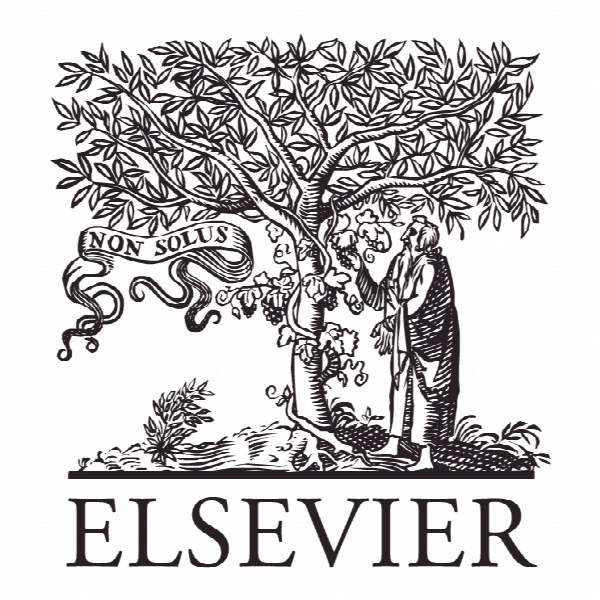دیدگاه های جدید در ارتباطات تغییر در هویت سازمانی New perspectives on communication of change in corporate identity
- نوع فایل : کتاب
- زبان : انگلیسی
- ناشر : Elsevier
- چاپ و سال / کشور: 2017
توضیحات
رشته های مرتبط مدیریت
مجله نقد و بررسی مدیریت – IIMB Management Review
دانشگاه موسسه مدیریت هندی بنگالور هند
نشریه نشریه الزویر
مجله نقد و بررسی مدیریت – IIMB Management Review
دانشگاه موسسه مدیریت هندی بنگالور هند
نشریه نشریه الزویر
Description
A priori conceptualisation The constructs of communication of change in corporate identity were specified a priori to enable collection of specific kinds of data systematically. The constructs of “strategic communication”, “constituency-focussed approach”, “dual branding”, “integrated messaging”, and “measurement” were identified for study because of their salience. They were explicitly measured in the interview guidelines, field observations, and documentary evidences. Strategic communication: Communication of change in CI is largely given tactical treatment by the academic as well as the practitioner communities. It is perceived as a simple communication of new visual identity through mass media. However, the conceptualisation of corporate identity needs to change from the peripheral to the central elements, from graphic design to strategy, and from external to internal focus. A change in corporate identity does not take place in isolation; rather, there is a concurrent change in strategy or culture. Corporate identity possesses several layers, with the innermost layer being that of culture, followed by strategy and operations and the outermost layer being that of communication (Balmer, 2002; Balmer, Stuart, & Greyser, 2009). It is imperative to align the four, as the change initiated in any layer must be in harmony with the characteristics of more central layers (Schultz, Nielsen, & Boege, 2002). Constituency focussed approach: Corporate communication, unlike product communication, needs to address multiple target audiences, each of which has unique concerns. A constituency-focussed approach makes constituencies the most important element in the process and ensures that the needs and aspirations of the target constituency are met while designing communication programmes. The approach is outward-facing instead of inwardlooking. It requires an integrated multilevel approach to communications, wherein the messages and the channels are customised to each target constituency, yet consistent with one another and the CI (Argenti, Howell, & Beck, 2005).


